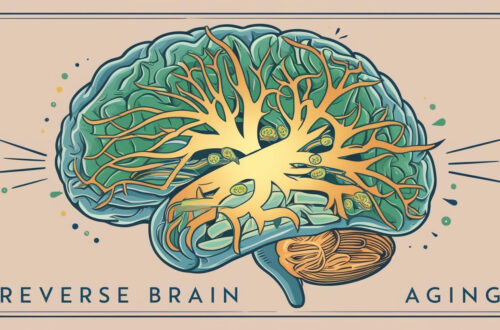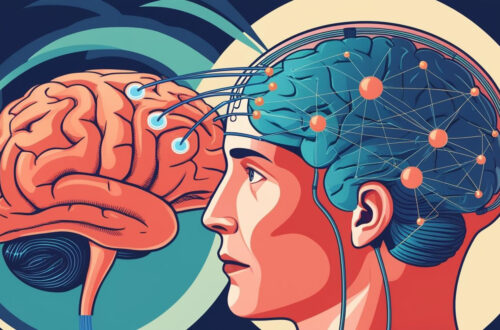Brain-machine interfaces (BMIs) are revolutionizing the way humans interact with technology. These systems allow direct communication between the brain and external devices, enabling applications in healthcare, communication, and even human augmentation. Advances in neurotechnology are pushing BMIs beyond science fiction, offering real-world solutions for individuals with disabilities and opening new frontiers in neuroscience.
Understanding Brain-Machine Interfaces
A brain-machine interface is a system that connects the brain with external hardware. It works by detecting neural signals, interpreting them, and converting them into commands that control devices. BMIs rely on advanced sensors, artificial intelligence (AI), and machine learning to enhance precision and efficiency.
Types of BMIs
- Non-invasive BMIs: Use external electrodes, such as electroencephalography (EEG) caps, to record brain activity without surgery.
- Semi-invasive BMIs: Use electrodes implanted on the brain’s surface, offering better signal quality while minimizing risks.
- Invasive BMIs: Feature electrodes implanted directly into brain tissue, providing the most accurate readings but requiring surgical implantation.
How BMIs Are Transforming Medicine
1. Restoring Mobility for Paralysis Patients
Individuals with spinal cord injuries or neurological disorders can regain movement through BMI-controlled robotic limbs and exoskeletons. These devices interpret brain signals, allowing users to control artificial limbs with their thoughts.
2. Communication for Locked-In Patients
People with conditions such as ALS or severe strokes often lose the ability to speak. BMIs can decode brain activity into text or speech, restoring communication through computer interfaces.
3. Enhancing Stroke Rehabilitation
Stroke survivors often struggle with motor recovery. BMIs integrated with AI-powered rehabilitation programs help retrain neural pathways, accelerating recovery and improving physical function.
The Role of AI in BMI Development
AI plays a critical role in refining BMI accuracy. Machine learning algorithms analyze brain signals, filter out noise, and improve real-time responsiveness. This makes BMI systems more effective and adaptable to individual users.
1. Adaptive Learning Models
AI-driven BMIs adjust to users over time, enhancing precision in movement control and cognitive response interpretation.
2. Predictive Analysis
AI can anticipate user intentions before commands are issued, improving the speed and accuracy of brain-controlled devices.
The Future of BMIs: Merging Humans and Technology
1. Cognitive Augmentation
Future BMIs may enhance memory, focus, and cognitive function, offering potential benefits for individuals with neurological disorders and even healthy individuals seeking mental enhancement.
2. Direct Brain-to-Brain Communication
Research into BMI-based brain-to-brain communication could allow thoughts and emotions to be shared between individuals without spoken words or written text.
3. Integration with Augmented and Virtual Reality
BMIs could enhance AR and VR experiences by allowing users to control digital environments with their minds, revolutionizing gaming, education, and remote work.
Ethical and Security Considerations
1. Privacy Concerns
As BMIs collect brain data, ethical concerns about privacy and consent arise. Safeguarding neural data from misuse is crucial to ensuring responsible development.
2. Accessibility and Affordability
Widespread adoption of BMIs depends on affordability and accessibility. Advancements should focus on making these technologies available to those who need them most.
3. Potential for Cognitive Manipulation
Ethical discussions are needed to address concerns about cognitive influence, ensuring BMIs are used to enhance human potential rather than control behavior.
Neurotechnology breakthroughs in BMIs are reshaping the future of human interaction with machines. From restoring movement to enhancing cognitive function, BMIs have the potential to transform healthcare, communication, and daily life. As research advances, ethical considerations must be addressed to ensure responsible and equitable integration of this powerful technology.



